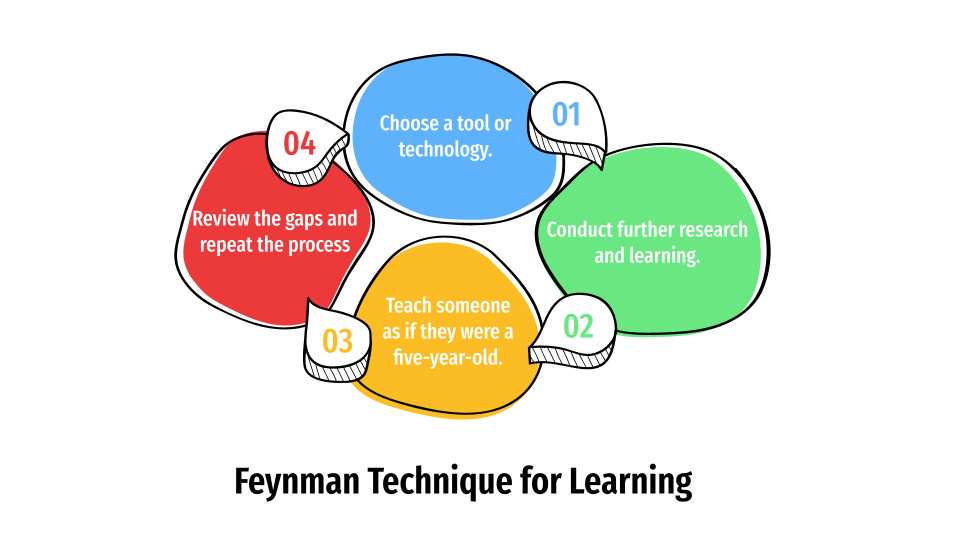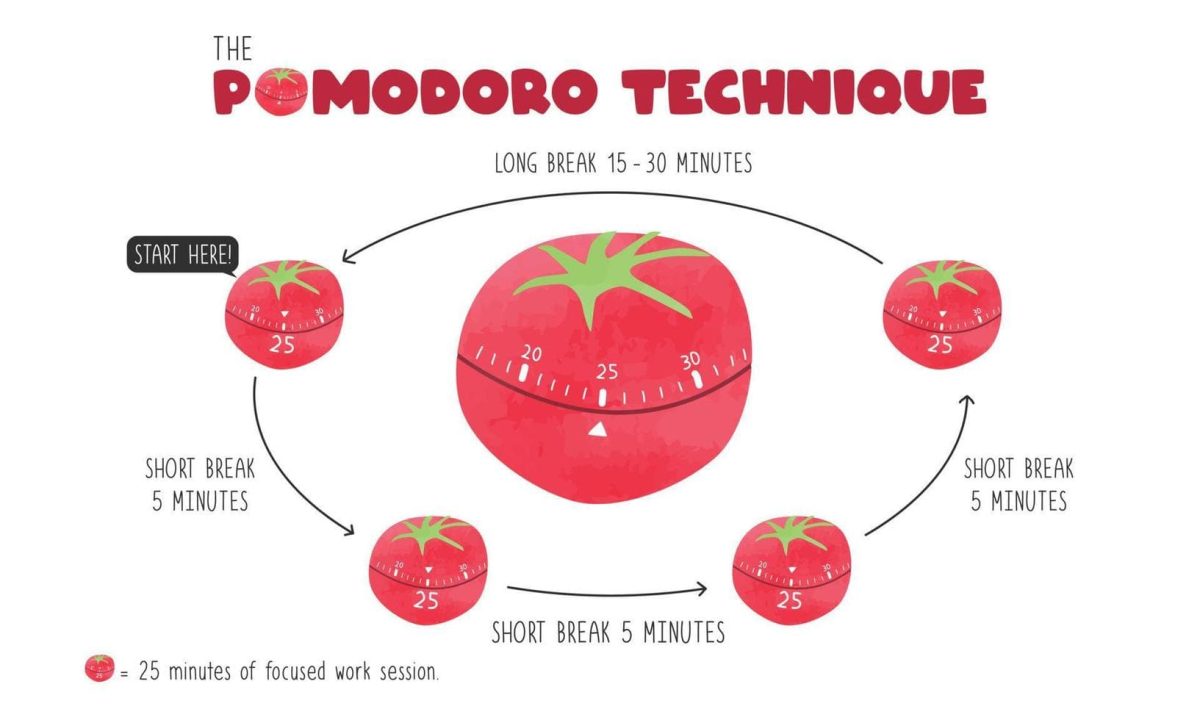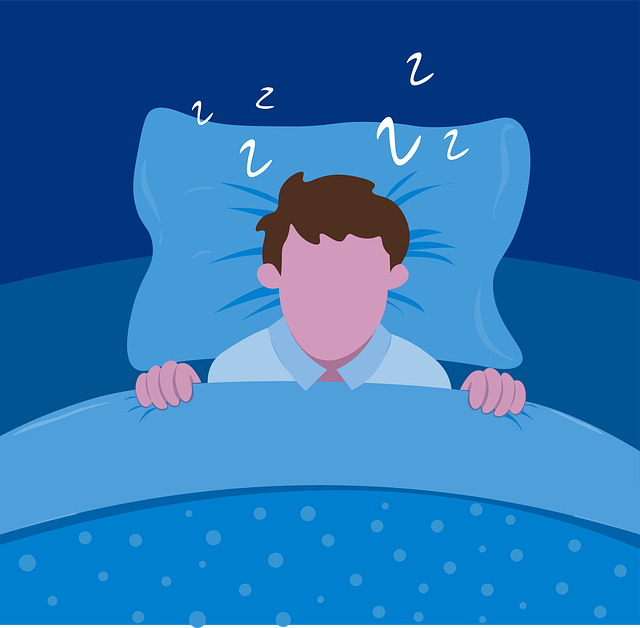In our fast-paced, constantly connected world, burnout has become increasingly common. Whether it’s from work, school, or personal responsibilities, the relentless pressure to perform and keep going can take a serious toll on our mental health. But recognizing burnout isn’t always easy—often, it creeps in slowly, disguised as everyday stress.In this Wellness Corner article, we will be going over how to recognize burnout, and how to recover.
What is Burnout?
Burnout is more than just feeling tired or overworked for a few days. It’s a state of emotional, physical, and mental exhaustion caused by prolonged stress. When left unaddressed, it can significantly impact your mood, productivity, and even your physical health.
Signs of Burnout
Here are some common signs that you may be experiencing burnout:
Chronic Fatigue
Feeling exhausted even after a full night’s sleep? Burnout often leaves you physically and emotionally drained. Everyday tasks start feeling overwhelming, and no amount of rest seems to help.
Reduced Performance and Productivity
Tasks that were once easy become challenging. You may notice yourself making mistakes, missing deadlines, or struggling to focus. Burnout diminishes your ability to concentrate and be productive.
Emotional Detachment
A key sign of burnout is feeling disconnected or indifferent. You may start to withdraw from activities and people that usually bring you joy or meaning. This can lead to feelings of isolation and a sense of detachment from life.
Increased Cynicism and Irritability
Burnout often breeds negativity. You might find yourself becoming increasingly frustrated, impatient, or cynical. Simple annoyances feel overwhelming, and it’s easy to snap at others or feel resentful.
Physical Symptoms
Burnout can manifest physically, leading to headaches, digestive issues, or a weakened immune system. Persistent aches and pains may also be warning signs that stress is taking a toll on your body.
Steps to Recover from Burnout
Once you recognize the signs of burnout, it’s important to take action to restore your well-being. Here are five steps to start your recovery process:
Take a Step Back
The first step is acknowledging the need for rest. Whether it’s taking a short break during the day or scheduling time off work, giving yourself permission to step away is crucial. Even a few moments of mindfulness or a brief walk can offer relief and reset your mental state.
Set Boundaries
If you’re constantly saying “yes” to tasks, it’s time to start saying “no.” Establishing boundaries is essential to prevent further burnout. This might mean limiting your availability outside of work hours, cutting down on commitments, or learning to delegate responsibilities.
Reevaluate Your Priorities
Take time to reflect on what truly matters to you. Burnout can signal that your current lifestyle or workload is unsustainable. Assess your priorities and decide where you can make adjustments to align your activities with your values.
Reconnect with Joy
Burnout often robs you of the pleasure in things you once enjoyed. Reconnect with hobbies, activities, or people that bring you joy. Even small actions—reading a book, meeting with a friend, or engaging in a creative activity—can reignite your passion for life.
Seek Support
You don’t have to recover from burnout alone. Talk to a trusted friend, family member, or mental health professional about what you’re going through. Sometimes, sharing your feelings and receiving support can be the first step toward healing.
Final Thoughts
Burnout can feel all-consuming, but with self-awareness and intentional steps, recovery is possible. Prioritize rest, set boundaries, and don’t be afraid to seek help when you need it. Taking care of one’s mental health is not a luxury—it’s essential for living a balanced, fulfilling life.
By recognizing the early signs of burnout and taking proactive steps to address it, we can regain control and protect our well-being for the long term.






